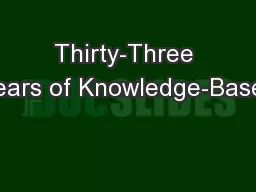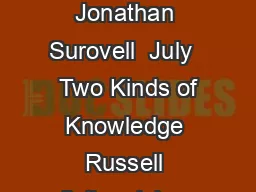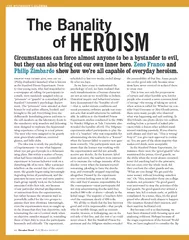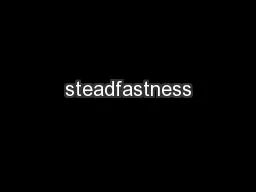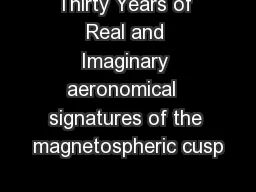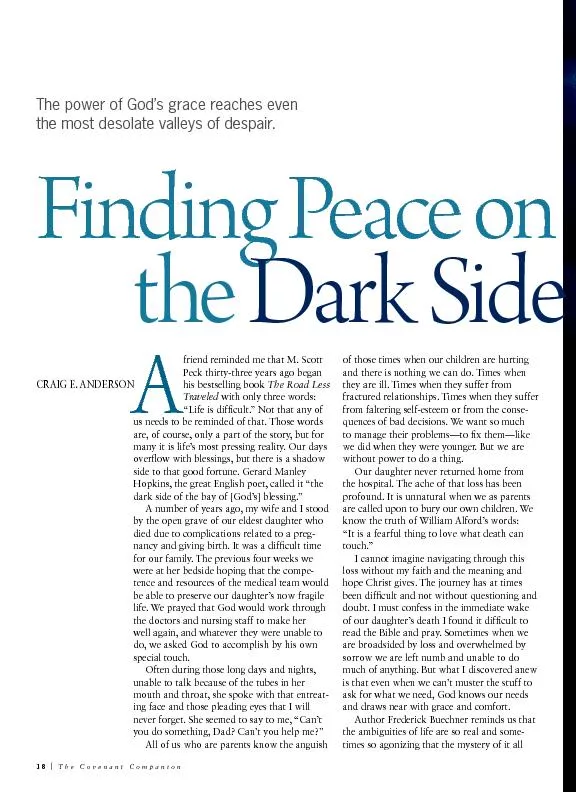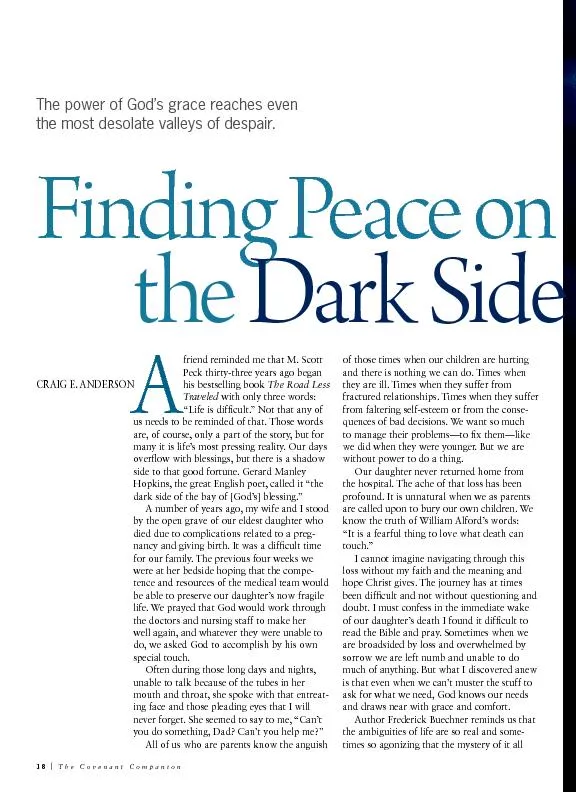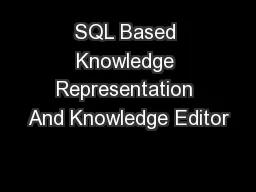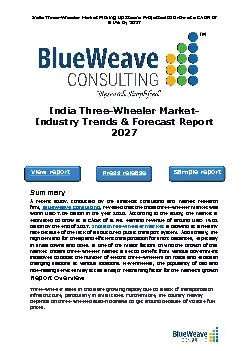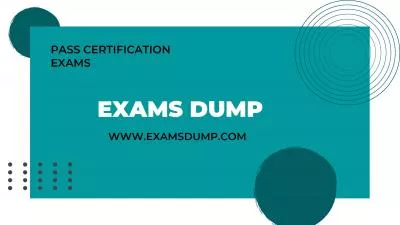PPT-Thirty-Three Years of Knowledge-Based
Author : giovanna-bartolotta | Published Date : 2018-10-13
Machine Learning Jude Shavlik University of Wisconsin USA Key Question of AI How to Get Knowledge into Computers Hand coding Supervised ML How can we mix these
Presentation Embed Code
Download Presentation
Download Presentation The PPT/PDF document "Thirty-Three Years of Knowledge-Based" is the property of its rightful owner. Permission is granted to download and print the materials on this website for personal, non-commercial use only, and to display it on your personal computer provided you do not modify the materials and that you retain all copyright notices contained in the materials. By downloading content from our website, you accept the terms of this agreement.
Thirty-Three Years of Knowledge-Based: Transcript
Download Rules Of Document
"Thirty-Three Years of Knowledge-Based"The content belongs to its owner. You may download and print it for personal use, without modification, and keep all copyright notices. By downloading, you agree to these terms.
Related Documents

